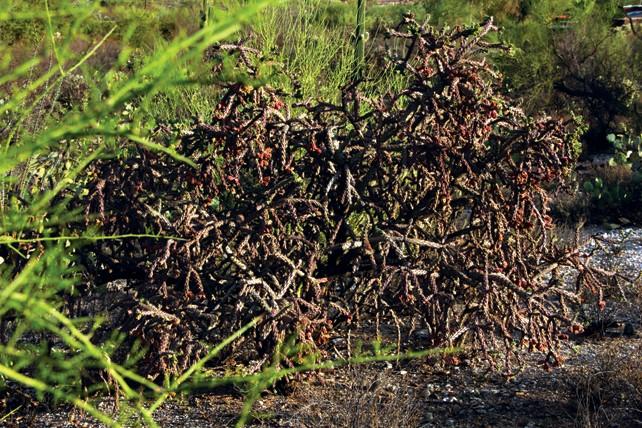A researcher at the Arizona-Sonora Desert Museum recently found evidence that the location of plants in the Santa Catalina Mountains is shifting.
Richard Brusca, a retired research scientist from the UA department of ecology and evolutionary biology, was on an arthropod study in the Sky Islands with his wife, Wendy Moore, an assistant professor in the department of entomology, when he stumbled upon a piece of history — a paper cataloguing the plants of the Catalinas published in 1963 by distinguished ecologist Robert Whittaker.
“It was kind of a light bulb moment,” said Brusca, “Here’s one of these very rare, 50-year-old databases that we could compare our data to.”
Brusca said that he was surprised at the results when Moore’s team compared 27 of the catalogued plant species’ locations, which were documented in Whittaker’s findings, against their current locations.
Fifteen species have moved higher up, meaning they no longer appear where Whittaker had documented them. The cutoff boundary for growth has also increased for four species, and lowered for eight.
While the researchers expected to record an upward movement of vegetation caused by increasing temperatures and water scarcity, they also found that some plant species shifted to a lower, less abundant level of elevation. The team is unsure of why that happened, but they think it has to do with rising temperatures.
The most unexpected finding, Brusca said, was that besides a downward shift for some plants, the level of abundance for most plants has decreased as well. This means that vegetation could become scarce and have the potential to disrupt desert wildlife, he explained.
“It’s simply getting harder and harder for [the plants] to hold on with the rising temperatures,” Brusca said.
For example, when Brusca and Moore hiked down from the Alligator Juniper’s current elevation of growth, they found thousands of dead junipers all over the valley.
“It’s the evidence of a shifting baseline,” Brusca said. “Here they are. Here’s the ghost of climate past.”
There are many researchers at the UA whose research, when compiled with Brusca and Moore’s, shows a definitive change in the environmental climate.
Some of that research belongs to Mike Crimmins, a professor of climate science who runs the Climate Science Applications Program in Cooperative Extension at the UA. He works as a liaison between the public and the climate research community at the UA by communicating research findings through education and outreach programs and identifying applied climate research needs.
“The desert we see around us now isn’t the same as it was 50 years ago,” said Brusca, “and in 50 more years it will have changed double that amount.”









